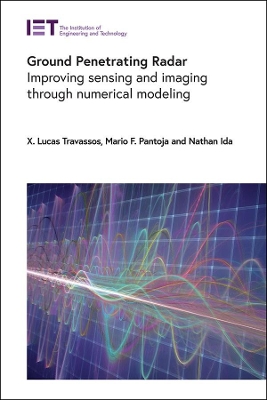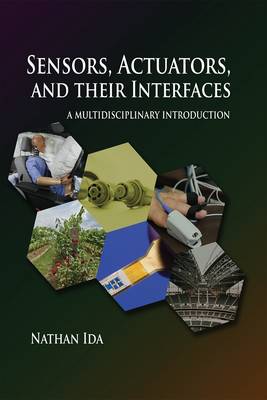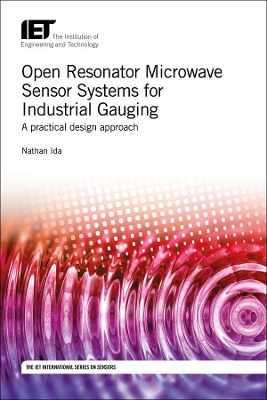Control, Robotics and Sensors
3 total works
Ground Penetrating Radar (GPR) is a powerful sensing technology widely used for the non-destructive assessment of a variety of structures with different properties including dimensions, electrical properties, and moisture.
After an introduction to the underlying concepts, this book guides the reader through the development and use of a GPR system, with an emphasis on the parameters that can be optimized, the theory behind assessment, and a coherent methodology to obtain results from a measured or simulated GPR signal. The authors then embark on a detailed discussion of support tools and numerical modelling techniques that can be applied to improve readings from GPR systems.
Ground Penetrating Radar is of interest to engineers, scientists, researchers and professionals working in the fields of ground penetrating radar, non-destructive testing, geoscience and remote sensing, antennas and propagation, microwaves, electromagnetics and imaging. It will also be of use to professionals and academics in the fields of electrical, mechanical, sensing, and civil engineering as well as material science and archaeology concerned with quality control and fault analysis.
As sensors and actuators are normally not (and have not been) treated in academic curricula as a subject in its own right; many students and current professionals often find themselves limited in their knowledge and dealing with topics and issues based on material they may have never encountered. Until now.
This book brings sensors, actuators and interfaces out of obscurity and integrates them for multiple disciplines including electrical, mechanical, chemical, and biomedical engineering. Real world cases, worked examples, and problem sets with selected answers provide both fundamental understanding and how industry develops sensor systems. Students and professionals from any of these disciplines will easily learn the foundational concepts and then be able to apply them to cross-discipline requirements.
The idea is simple. A sensor system in general is made of three components:
- Inputs (sensors)
- Outputs (actuators)
- Processor (the unit to which the inputs and outputs are connected and performs all, or the most, tasks needed to interface them)
Sensors, Actuators, and their Interfaces focuses on the broad area of detection, outlining and simplifying the understanding of theory behind sensing and actuation. It is an invaluable textbook for undergraduate and graduate level courses, as well as a reference for professionals who were never afforded the opportunity to take an introductory course.
Open resonator microwave sensors allow accurate sensing, monitoring and measurement of properties such as dimension and moisture content in materials including dielectrics, rubber, polymers, paper, fabrics and wood veneers. This book presents a coherent and entirely practical approach to the design and use of systems based on these sensors in industrial environments, showing how they can provide meaningful, accurate and industrially-viable methods of gauging.
Starting with an introduction to the underlying theory, the book proceeds through the entire design process, including simulation, experimentation, prototyping and testing of a complete system. It takes the reader through the development of a particular sensor, stressing the parameters that should be optimized and emphasizing practical aspects of a sensor and of its use. Two extended application case studies on the use of these systems for rubber thickness and fabric coating monitoring are included.


